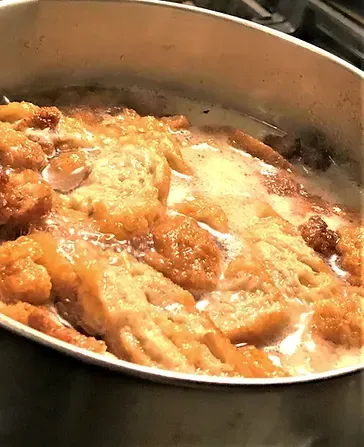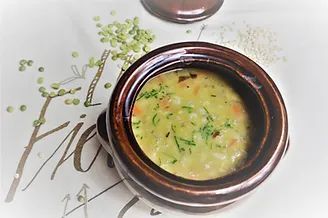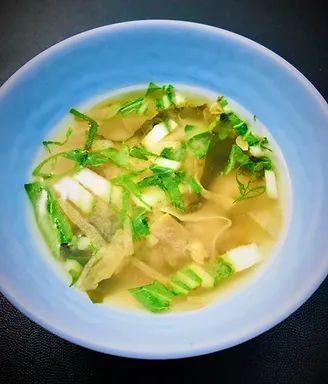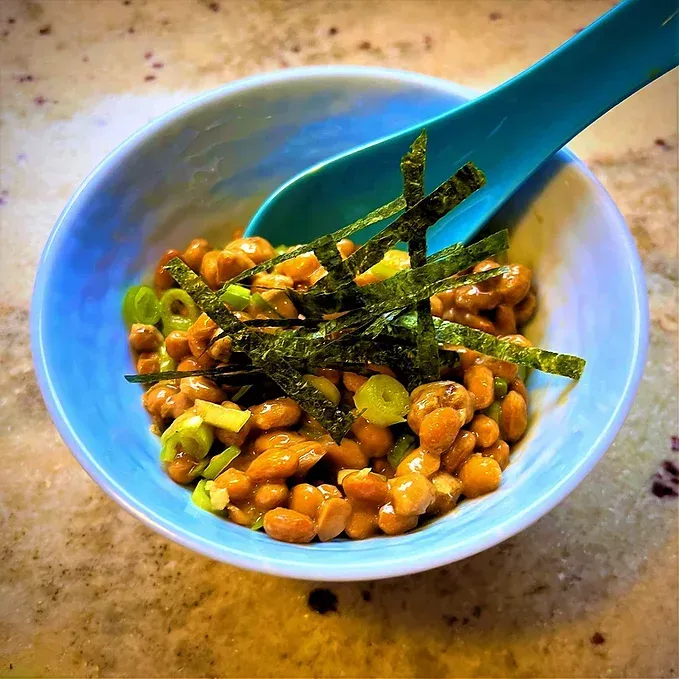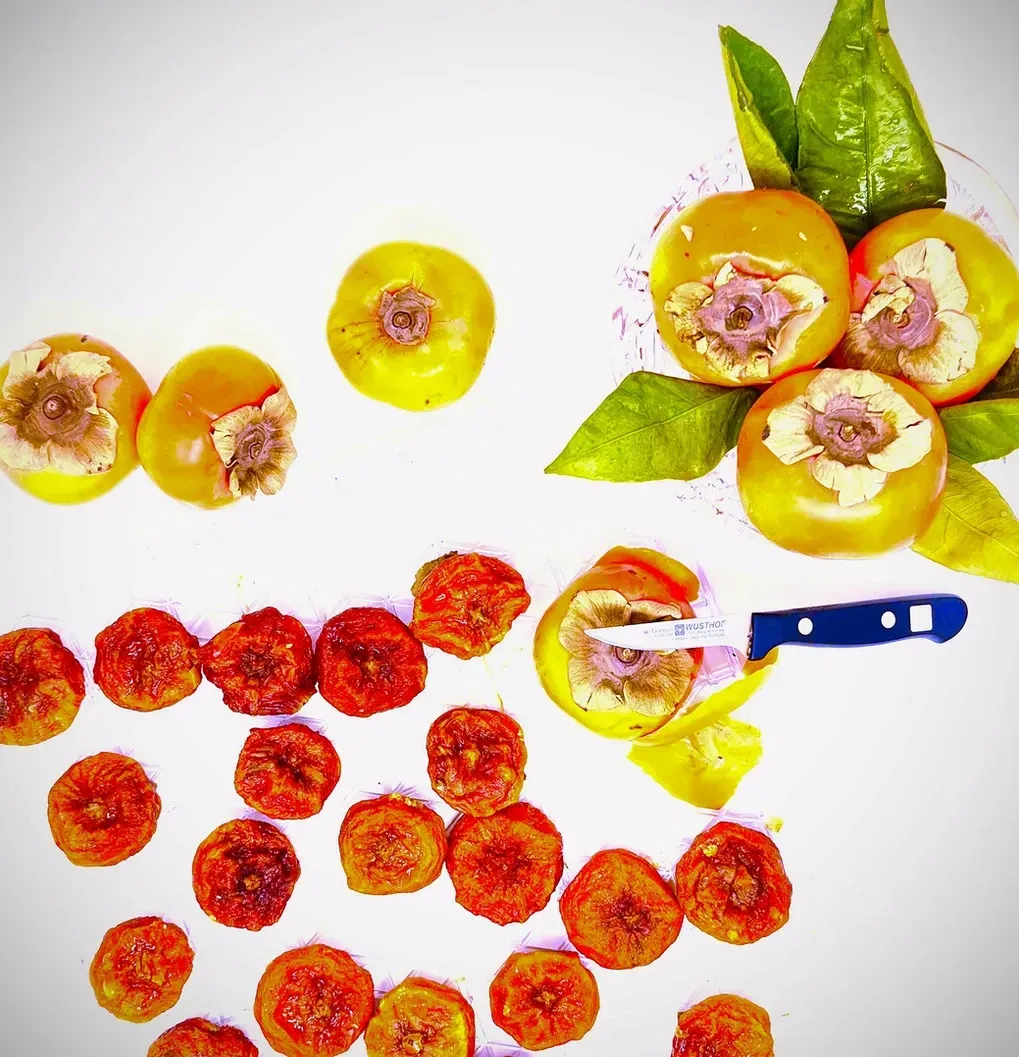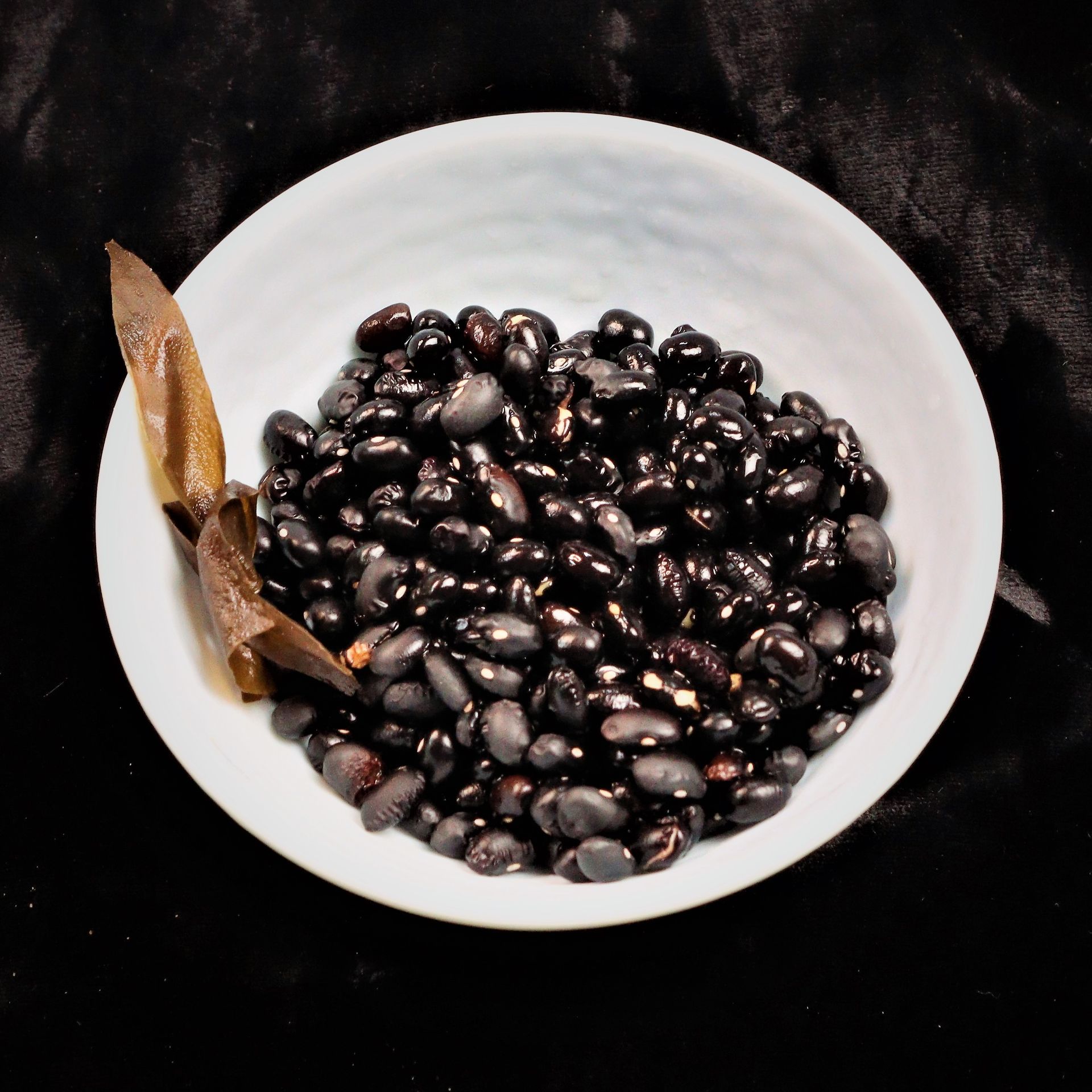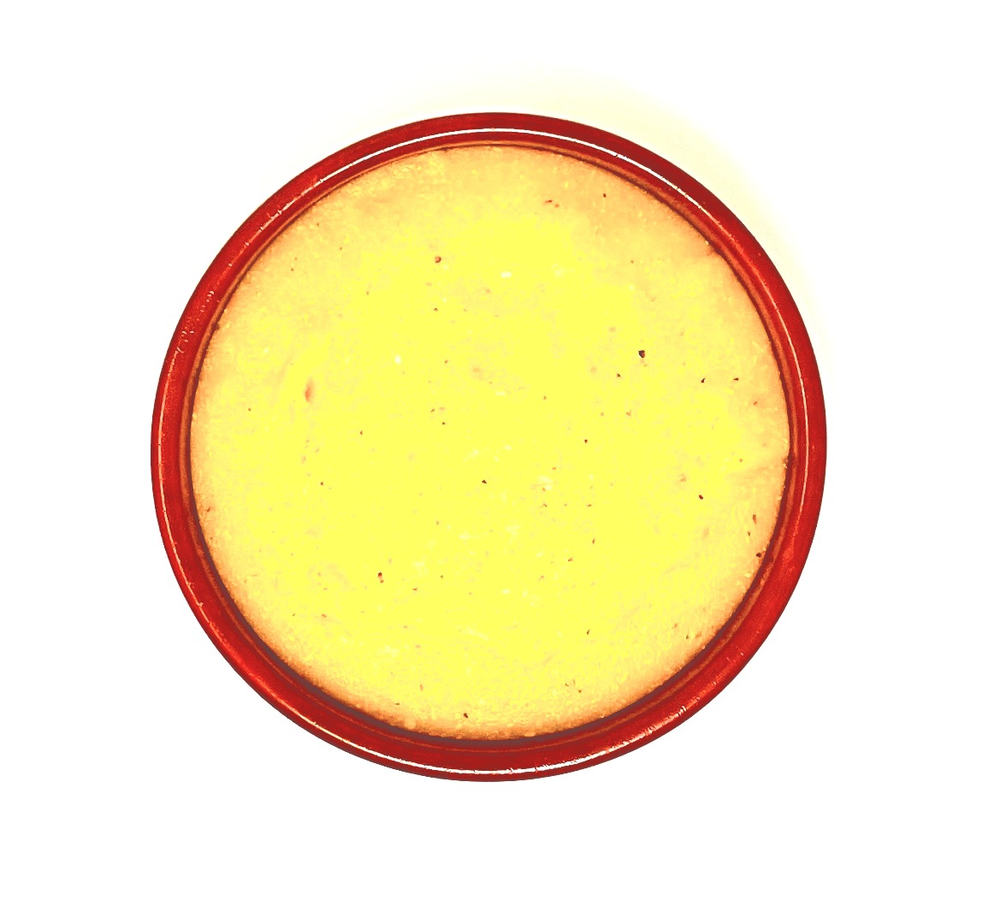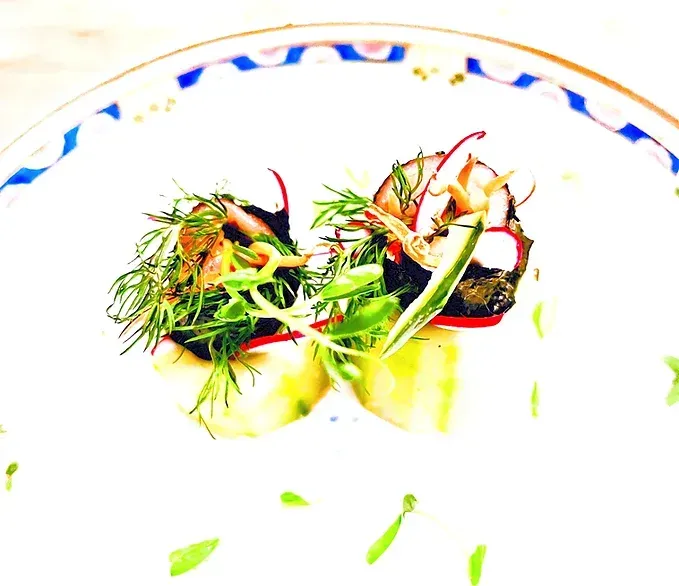TURKEY-FREE THANKSGIVING
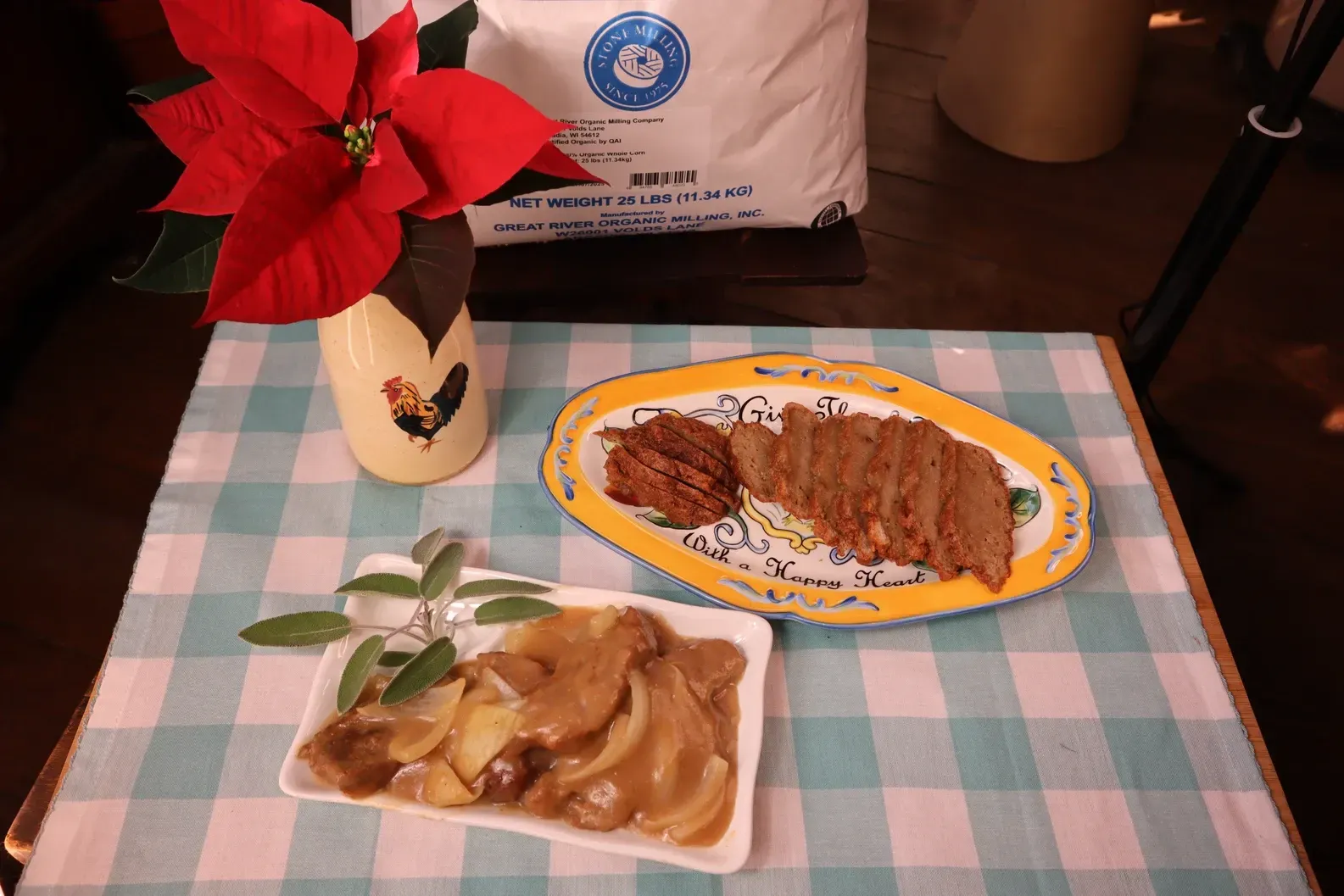
Thanksgiving Veggie Way
For years, I have been making seitan a substitute for the all-famous central figure of Thanksgiving - the endearing Mr. Turkey. Seitan is a wheat gluten protein made from whole wheat flour. I grind mine from organic whole Hard Red Spring Wheat ordered from Great River Organic Milling Company. Many cultures throughout the world commonly use seitan or “wheat meat” in place of meat. Every year, I try to hone this dish to its best potential, always learning more ways to improve it, as it can be very time-consuming. The goal in making seitan is to remove the bran and starch, leaving only the gluten, which forms a dough to be used in many ways.
Recipe
- Four cups sifted whole wheat flour
- Two cups of gluten flour
- Four cups spring water
- 1 tsp. Sea salt
- 1-inch piece of Kombu Sea kelp
- Soy Sauce to taste
Since I am using freshly ground grain, the flour has more bran than might be store-bought. I sift the flour first to remove most of the bran and save it for another use.
Preparation
- Combine the already sifted flour, salt, and water in a large mixing bowl.
- Knead the dough for about fifty strokes. Cover the bowl with a damp cotton towel and let the dough rest for about 30 minutes to allow the gluten to develop.
- Pour water to cover the dough at least 2 inches more, then knead again in the bowl, allowing the starch to be released, turning the water to a pale creamy color, like a thin milky consistency. The goal is to retain as much of the starch in the bowl, to use it as a thickening agent.
- Finally, scoop up a handful of dough and rinse it under running water. Set aside each rinsed gluten piece in a strainer to drain. Repeat the process.
There are two ways to continue cooking gluten.
First:
- Fill a large pot ½ to ¾ of water, leaving room for the gluten.
- Add Kombu, bring to a boil, slice the gluten to your preferred shape add each of the gluten pieces.
- Allow the gluten to boil, lower the flame. Cook for about 50 minutes; add soy sauce, simmer gently for 45 minutes.
- Optional, add bay leaves or herbs for flavoring.
Second:
- Lay the gluten flat, pat dry, break, or cut into 2-inch pieces.
- Prepare a pot to deep fry, e.g., cast iron.
- Using a superior quality high heat oil, fill the pot about four inches with the oil. Bring the oil to a temperature on a medium-high flame, drop a kernel of grain to see if it sizzles, the oil is ready.
- Carefully lower the gluten pieces into the oil. Fry until golden brown on each side, puff up, and float. Rinse if you want to remove some of the oil.
- Allow it to drain and cool. It is effortless to slice thin, resembling a sliced turkey, plus there is a crispy edge from frying.
- To just boil without frying, it is difficult to get a desired exact slice; thus, the advantage of frying.
